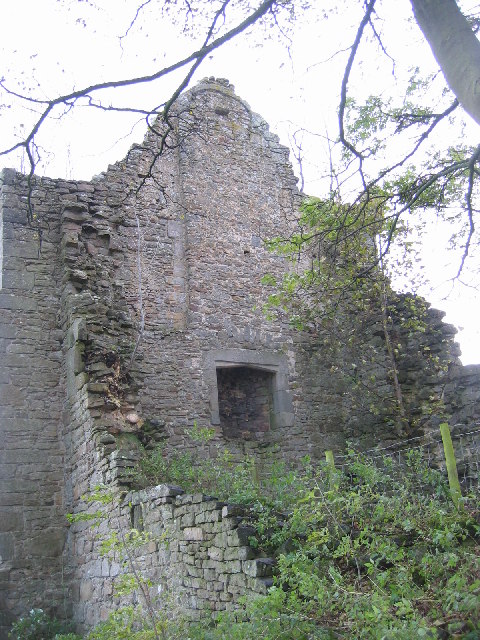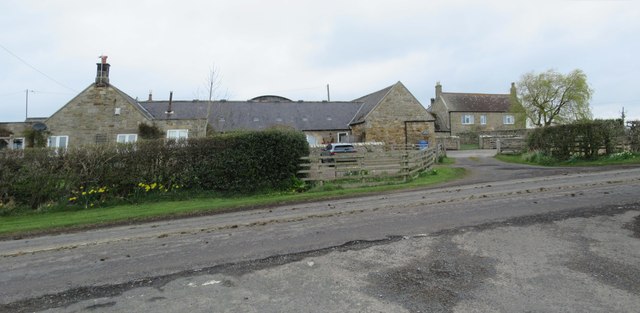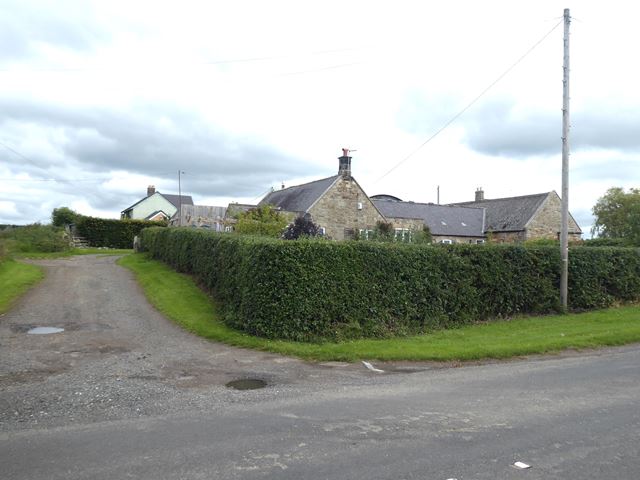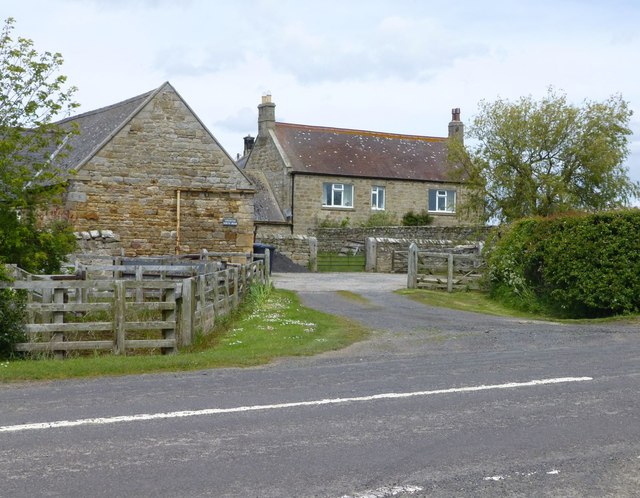Topics > Landmarks, Parks and Buildings > Buildings > Monastic Grange
Monastic Grange
A monastic grange was a farm complex owned and run by a monastery or priory, and independent of the secular manorial system. Typically, monastic granges were established in the 12th/13th centuries to provide food and income for the community of the monastery. With the Dissolution of the Monasteries in the 1530s, all monastic land was seized by Henry VIII; the granges and lands were sold but often retained their names. Examples of monastic granges in North East England include Fenham Grange (owned by Lindisfarne Priory) and Muggleswick Grange (owned by the medieval priory at Durham).
Monastic granges were outlying landholdings held by monasteries independent of the manorial system. The first granges were owned by the Cistercians and other orders followed. Wealthy monastic houses had many granges most of which were largely agricultural providing food for the monastic community. A grange might be established adjacent to the monastery but others were established wherever it held lands, some at a considerable distance. Some granges were worked by lay-brothers belonging to the order, others by paid labourers.
Granges could be of six known types: agrarian, sheep or cattle farms, horse studs, fisheries and industrial complexes. Industrial granges were significant in the development of medieval industries, particularly iron working.
Description
Granges were landed estates used for food production, centred on a farm and out-buildings and possibly a mill or a tithe barn. the word grange comes through French graunge from Latin granica meaning a granary. The granges might be located at some distance. They could farm livestock or produce crops. Specialist crops might include apples, hops or grapes to make beverages. Some granges had fish-ponds to supply Friday meals to the monastery. The produce could sustain the monks or be sold for profit. While under monastic control, granges might be run by a steward and worked by local farm labourers or perhaps lay brothers.
England
At the Dissolution of the Monasteries, all monastic land was seized by Henry VIII. The lands were sold. Granges often retained their names and many can still be found in the British landscape today.
Visit the page: Monastic grange for references and further details. You can contribute to this article on Wikipedia.
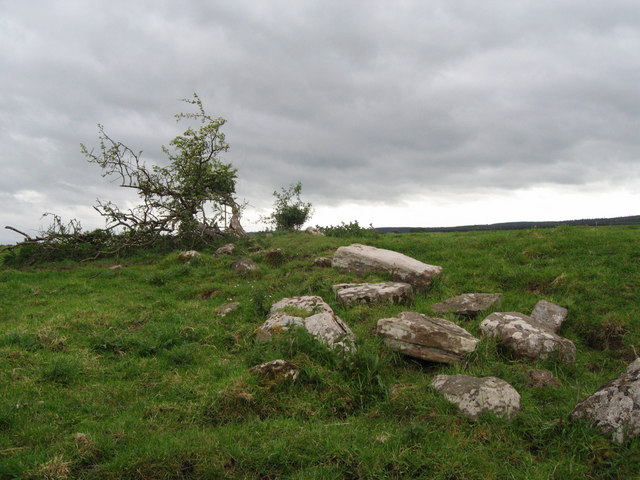
Co-Curate Page
Fenham Monastic Grange (ruins)
- Overview Map Aerial View There are ruins of a monastic grange at Fenham in Northumberland - a farm complex owned by the Benedictine priory of Lindisfarne, on nearby Holy Island. …


